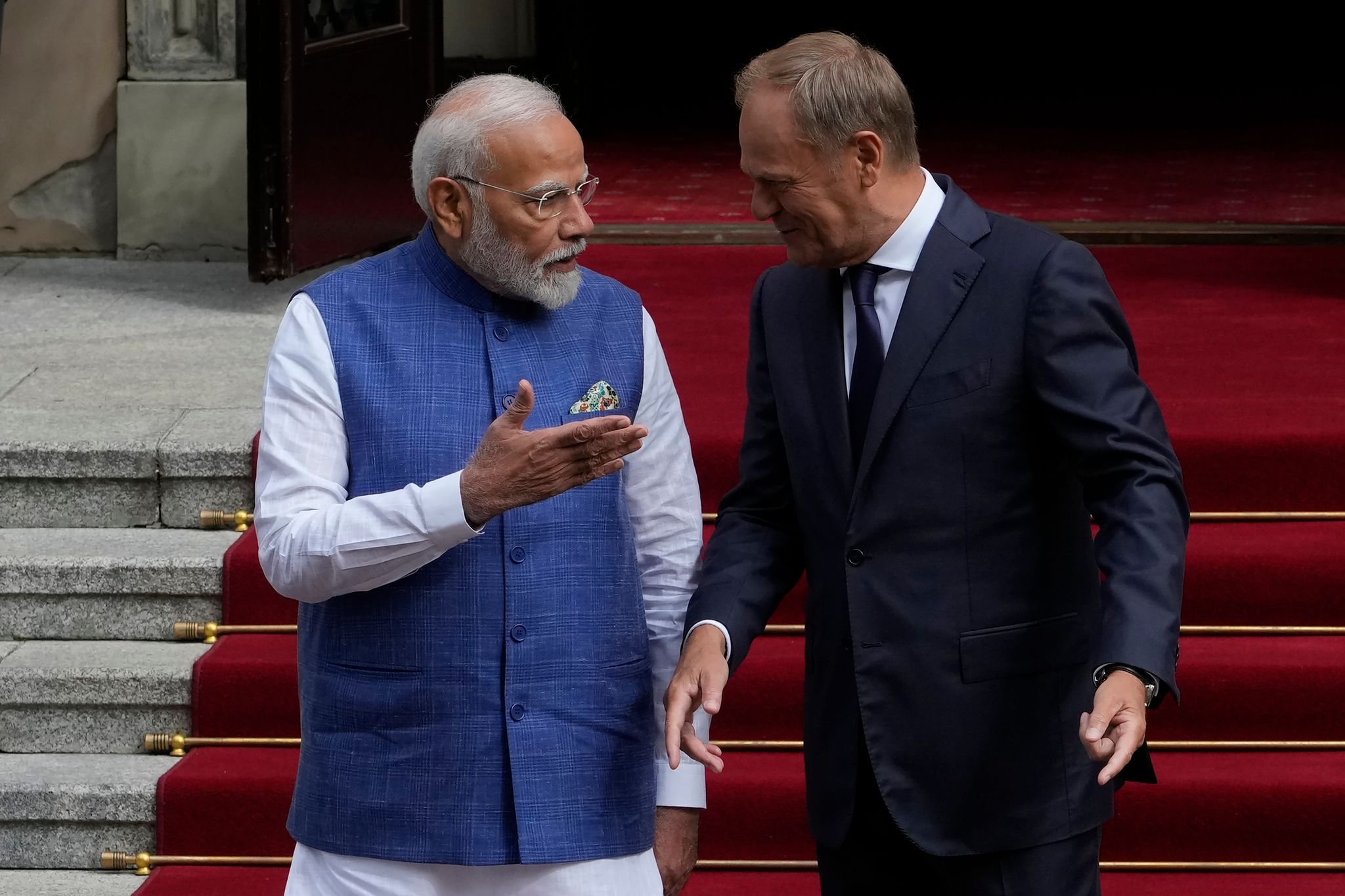Press
The elections that are coming to an end in India are not only the biggest elections in the world. It is also a textbook example of the use of artificial intelligence in politics.
New Delhi – Harikrishnan Vasanthakumar has been dead for four years. But in a video he praised his son passionately. If he wins India's parliamentary elections, he will do his job well, the former politician assured voters. The virtual rebirth of his son during the election campaign was made possible thanks to the use of artificial intelligence (AI).
In the world's biggest election – India is the world's most populous country – it's hard to avoid a flood of AI-generated content like Vasanthakumar's. All major parties have been enthusiastic about using AI for their election campaigns in recent weeks. Also Prime Minister Narendra Modi. The use of AI should pay off for him: in surveys, everything points to a third term. The last polling stations closed this Saturday. The results will be announced on June 4.
Election campaign ad as deepfake
India is a huge testing laboratory for the use of artificial intelligence in politics and can therefore serve as a guide for other countries, said Katja Muñoz, who researches AI in elections at the German Council on Foreign Relations in Berlin. This technology has great manipulation potential. But he also sees positive aspects: “There's nothing wrong with wanting to reach more people with AI or using AI to speak different languages,” says the expert. Like Modi did in India. As part of a real cult of personality around him, thanks to AI, he speaks to voters in several languages - which he doesn't even speak. Whether that's a good thing or not, almost no one in the world's largest democracy is talking about this.
“But it would be a shame if AI wasn't labeled,” says expert Muñoz. That's exactly what happened during the weeks of the election campaign in India. The Bollywood actress star is seen in the AI-generated footage and can be heard criticizing the head of government. And that's without those featured knowing it.
In another AI video that went viral, opposition leader Rahul Gandhi said he would resign from office because Modi was sending corrupt people like him to jail. Fact checkers later discovered the video was fake. Made with AI. Experts talk about deepfakes: realistic-looking media content that has been modified, created or faked using AI techniques.
Reach out thanks to artificial intelligence
An expert in deepfakes is Divyendra Singh Jadoun from India. Major parties are achieving greater reach in election campaigns thanks to AI, the head of the company Polymath Synthetic Media Solutions, which like other companies offers synthetic content as a service, told the German Press Agency in New Delhi. Ultimately, nearly one billion eligible voters were asked to choose the composition of the lower house.
Reach becomes a competitive factor. Startups like Divyendra Singh Jadoun have their customers read messages in front of a camera, after which computers analyze their facial movements and voice. This was then used to create AI videos in which the candidates supposedly spoke privately to their election officials. The recipient's name, including their cell phone number, comes from a database. Personalized AI videos are sent directly to helpers' phones via WhatsApp.
In this way, the consulting firm Rajneethi Political Management wants to send a total of nearly six million personalized video messages to voters for 28 candidates, as its head of technology Vinay Despande said. His company also creates QR codes that interested parties can scan with their phones – then avatars of politicians in their personal environments appear on the screen. “Depending on where the code is scanned, it then gives a different greeting,” Despande said. In areas where there are many young people, the candidate then spoke, for example, about creating jobs.

Hallucination politician chatbots
However, the AI company repeatedly reached its technical limits – for example with interactive chatbot calls that used candidates' voices: This meant potential voters could have live conversations. “We trained a language model with information about election programs, but sometimes it hallucinates,” reports Divyendra Singh Jadoun. “For example, it is said that a politician defends women, even though he does not do so.” His company has set its own ethical standards, he said.
So he simply creates “positive” fakes – personal videos, holograms of politicians posing for photos with voters, or propaganda songs about politicians and their successes. He refused requests for pornography from political opponents. However, the entrepreneur warns that technical knowledge is no longer required to create deepfakes with software. Even Prime Minister Modi's government warned about AI in elections in the spring – although it later used the technology itself in election campaigns. The reason the government warned earlier was that US tech giant Google's AI tool called Gemini reported statements that the 73-year-old head of government was a fascist.
Nevertheless, during election campaigns, parties invest in online trolls and content producers to portray their opponents in a bad light on social networks and defame them in the comments. Modi's Hindu nationalist party reportedly has the largest budget for it. The use of AI requires new laws to protect and promote democracy, said Sven Nyholm, Professor of Ethics in Artificial Intelligence at the Ludwig Maximilians University in Munich.
Meanwhile, construction continues. Political communication in India will never be the same as before AI was introduced, says Vinay Despande. The company Polymath Synthetic Media Solutions is currently trying to advertise its services to Democrats and Republicans ahead of the US presidential election in November. dpa

“Subtly charming web junkie. Unapologetic bacon lover. Introvert. Typical foodaholic. Twitter specialist. Professional travel fanatic.”







